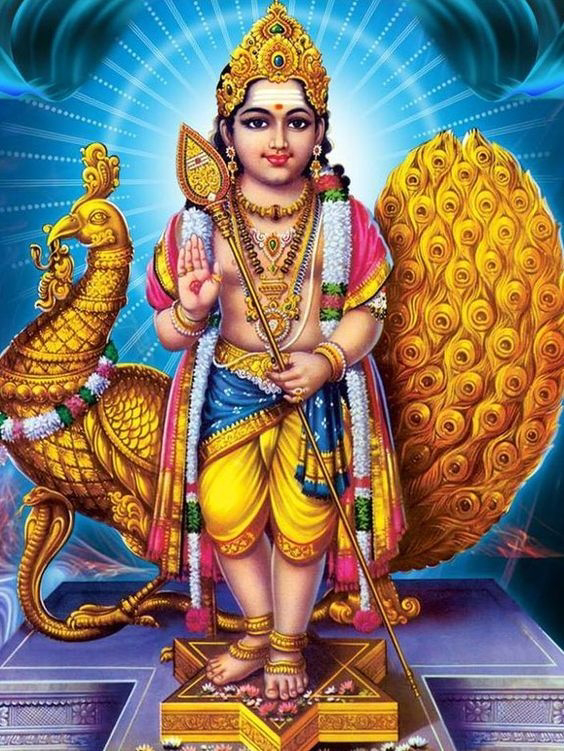Hindu festivals Part - 2
Tamil New Year The Tamil New Year follows the Nirayan vernal equinox. it falls around 14 April of the Gregorian year. Bihu Rongali Bihu (mid-April, also called Bohag Bihu), the most popular Bihu celebrates the onset of the Assamese New Year (around 15 April) and the coming of Spring. Hanuman Jayanti Hanuman Jayanti is the celebration of the birth of Hanuman, Rama's loyal devotee. Hanuman is known for his great strength, power and his immortal devotion towards Lord Rama. He is considered to be as one of the most powerful Hindu gods in India. On auspicious day of Hanuman Jayanti, People apply red Sindoor from Lord's feet on their foreheads. This is considering being a ritual for good health and good luck. Sitalsasthi The marriage of Shiva and Parvati is celebrated as Sitalsasthi. It is celebrated as a carnival, in which people and artists from different walks of life participate, making it more beautiful and bringing out the tru


